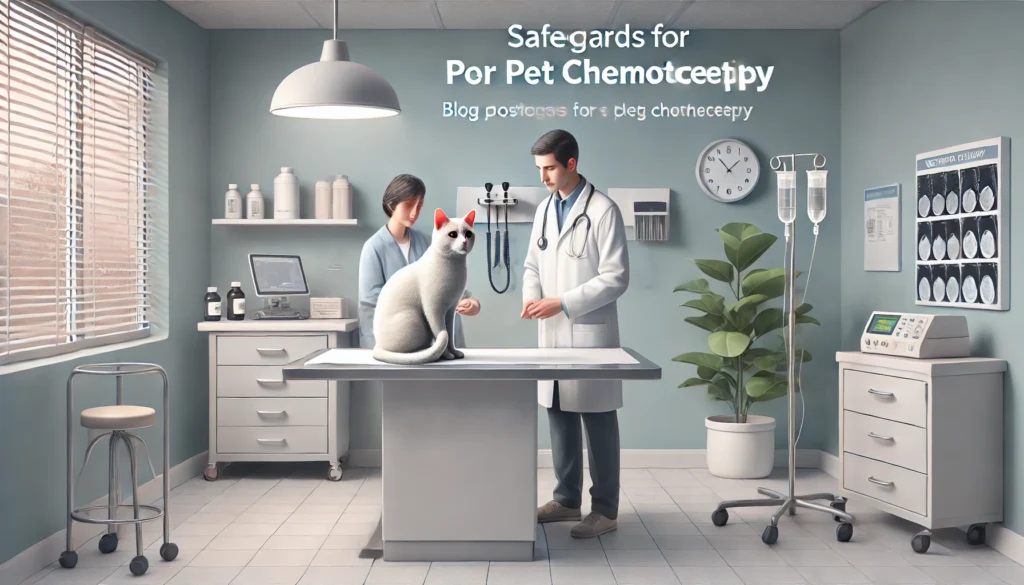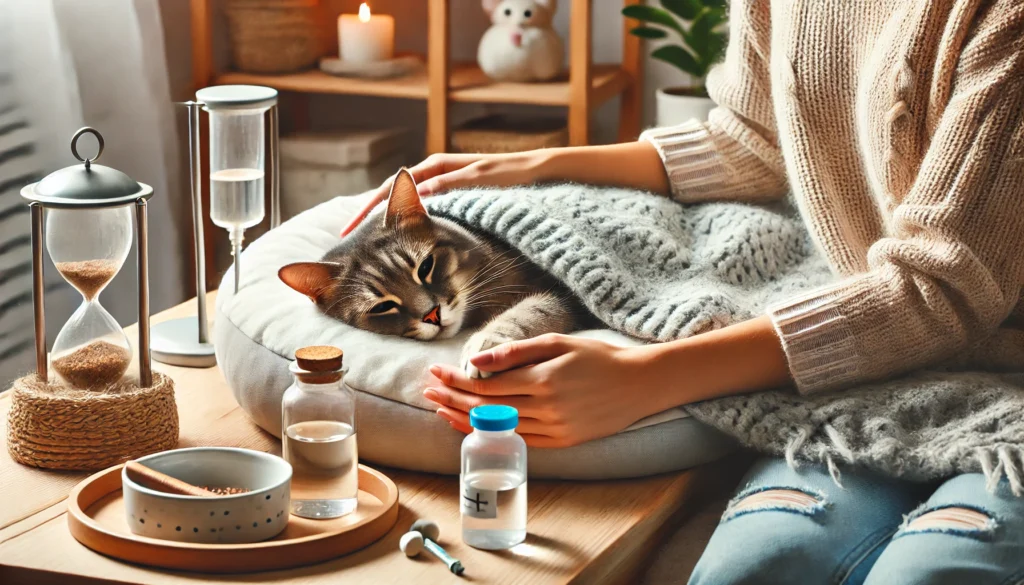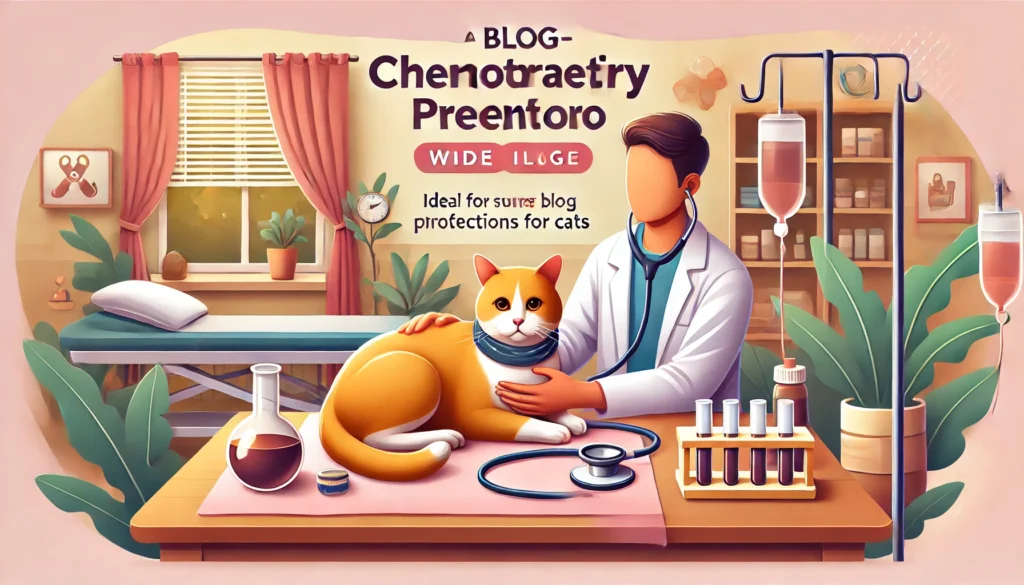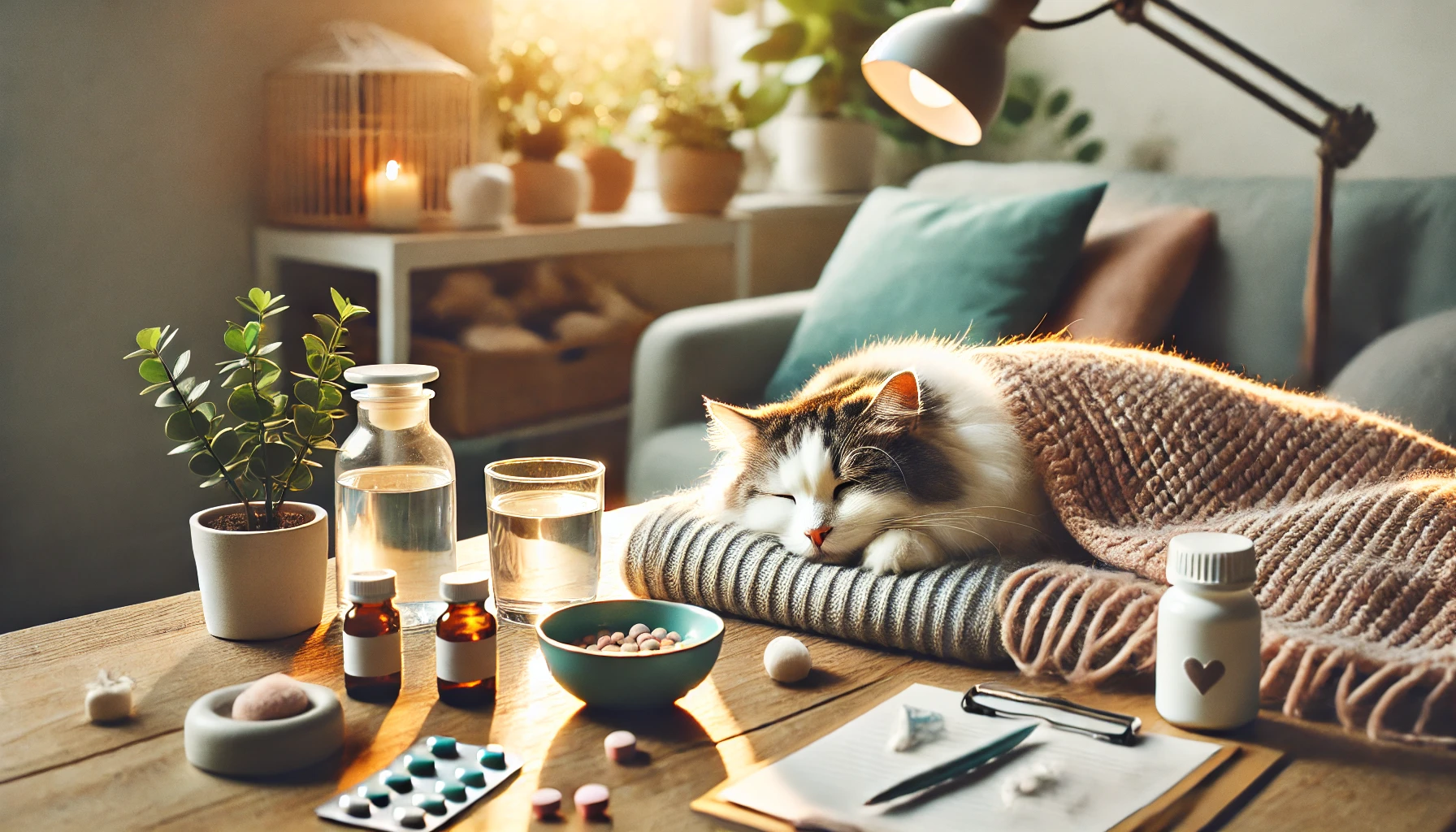When a beloved feline companion is diagnosed with cancer, chemotherapy can be a crucial part of the treatment plan. While this life-saving treatment can prolong and improve your cat’s quality of life, it’s essential to take precautions to ensure the safety and comfort of both your pet and yourself. This guide will explore the necessary safeguards you should consider when giving your cat chemotherapy, including handling medications, managing side effects, and creating a safe environment for recovery.
Understanding Chemotherapy in Cats
Chemotherapy for cats involves using drugs to target and destroy cancer cells. Unlike humans, cats typically receive lower doses of chemotherapy to minimize side effects and maintain their quality of life. However, this means that while the treatment may not completely cure cancer, it can help slow its progression and provide your cat with more comfortable and meaningful time.
Common cancers treated with chemotherapy in cats include lymphoma, mast cell tumours, and soft tissue sarcomas. Depending on your cat’s diagnosis, your veterinarian or veterinary oncologist will create a customized treatment plan.
Safeguards to Follow

Chemotherapy drugs can be potent and potentially hazardous if not handled properly. Here are the key precautions to ensure the safety of your cat, your family, and yourself:
- Follow Your Veterinarian’s Instructions
- Always adhere to the dosing schedule and instructions provided by your veterinarian. Missing or administering an incorrect dose can impact the effectiveness of the treatment.
- If your cat requires oral chemotherapy, use pill pockets or other techniques recommended by your vet to ensure proper administration.
- Wear Protective Gear When Handling Medications
- Use disposable gloves when handling chemotherapy drugs, as they can be harmful if absorbed through the skin.
- Wash your hands thoroughly before and after administering the medication.
- Avoid crushing or splitting chemotherapy pills, as this can release particles into the air.
- Safely Dispose of Waste
- Chemotherapy drugs can be excreted in your cat’s urine, faeces, and vomit. Use gloves when cleaning litter boxes, bedding, or any areas contaminated by your cat’s bodily fluids.
- Dispose of waste in sealed, double-bagged containers according to your veterinarian’s guidelines.
- Keep your cat’s litter box in an area away from children and other pets to minimize accidental exposure.
- Monitor for Side Effects
- While cats typically tolerate chemotherapy better than humans, side effects can still occur. Watch for symptoms such as:
- Vomiting or diarrhoea
- Loss of appetite
- Lethargy or weakness
- Changes in urination or defecation habits
- Report any unusual behaviours or symptoms to your veterinarian immediately.
- While cats typically tolerate chemotherapy better than humans, side effects can still occur. Watch for symptoms such as:
- Provide a Comfortable and Safe Recovery Environment
- Create a quiet, stress-free space for your cat to rest during treatment.
- Ensure access to fresh water and a balanced diet to support their immune system.
- Use soft bedding and maintain a clean, hygienic environment to prevent infections.
- Limit Interaction During Treatment
- Keep young children and pregnant individuals away from areas where chemotherapy drugs are stored, prepared, or administered.
- Minimize close contact with your cat immediately after administering oral medications to reduce exposure risk.
- Keep Emergency Contact Information Handy
- Have your veterinarian’s contact information readily available for any urgent concerns.
- Know the location of the nearest 24-hour veterinary clinic in case of emergencies.
Supporting Your Cat Emotionally

Cancer treatment can be stressful for your cat, so providing emotional support is just as important as physical care. Here are some ways to comfort your feline friend:
- Maintain a Routine: Cats thrive on routine, so try to keep feeding, playtime, and other daily activities consistent.
- Gentle Interaction: Offer gentle petting and soothing words to help reduce anxiety.
- Engage Their Senses: Use calming pheromone diffusers or soft music to create a tranquil environment.
Alternative Treatments and Supplements
In addition to chemotherapy, some pet owners explore complementary treatments to support their cat’s well-being. Always discuss these options with your veterinarian before introducing them:
- Nutritional Support: Specialized diets or supplements may help strengthen your cat’s immune system and improve energy levels.
- Acupuncture: Some cats benefit from acupuncture sessions to reduce pain and promote relaxation.
- Herbal Remedies: Certain herbs may be recommended by a veterinary herbalist to support your cat’s overall health.
Balancing Quality of Life

The ultimate goal of chemotherapy is to enhance your cat’s quality of life. It’s essential to evaluate your cat’s comfort and happiness during treatment regularly. Work closely with your veterinarian to adjust the treatment plan as needed, and don’t hesitate to seek a second opinion if you have concerns about your cat’s care.
Conclusion
Giving your cat chemotherapy can be a challenging but rewarding process. By taking the appropriate safeguards and providing emotional and physical support, you can help your cat navigate this journey with comfort and dignity. Always consult your veterinarian for guidance and lean on your support system to ensure you’re making the best decisions for your furry companion. Remember, every step you take is a testament to the love and care you have for your cat.

Hi, I’m Sondip,
I’m a writer who loves to help people solve their problems. I write about small animals like mice and other small animals and even pests.

